Shaping the rainbow nation: The role of Indians in South Africa
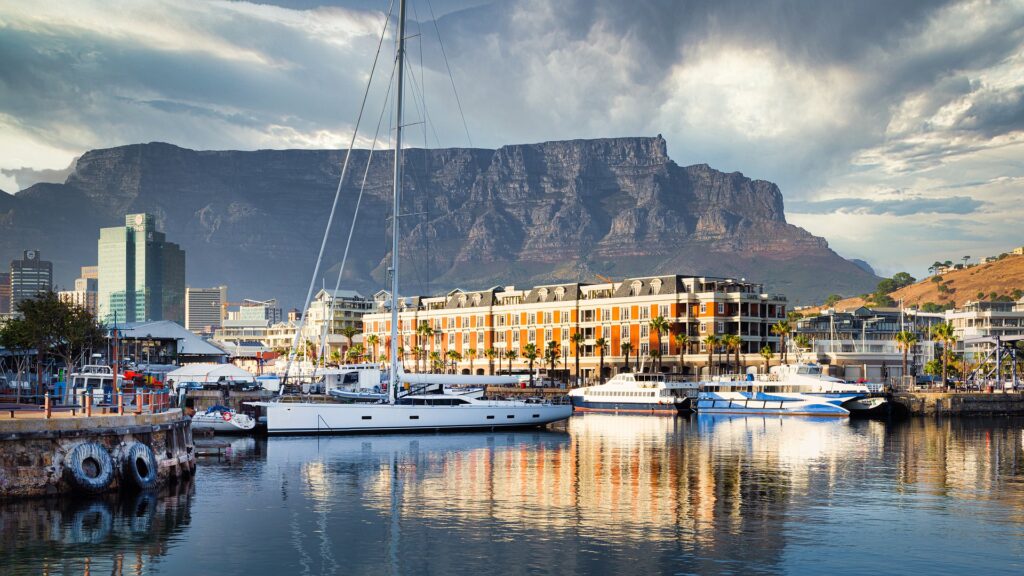
Welcome to South Africa, the country with too many names! The list is long, but some of the most notable options include the Republic of South Africa, my absolute favourite country, Mzansi, and the rainbow nation.
The rainbow nation is my personal favourite because it accurately conveys the diversity found within. Desmond Tutu first used the term after the country’s first democratic elections in 1994, and President Nelson Mandela expanded on the meaning while in office. The name represented people from many different tribes and ethnic backgrounds standing together after the strict apartheid regime. A majority of 59 million South Africans identify as Black African, but they come from many tribes and ethnic backgrounds. Nearly 10% of the population identifies as Coloured, almost 8% White, and 2.5% Indian/Asian. The country has 11 official languages, the fourth-highest number in the world.
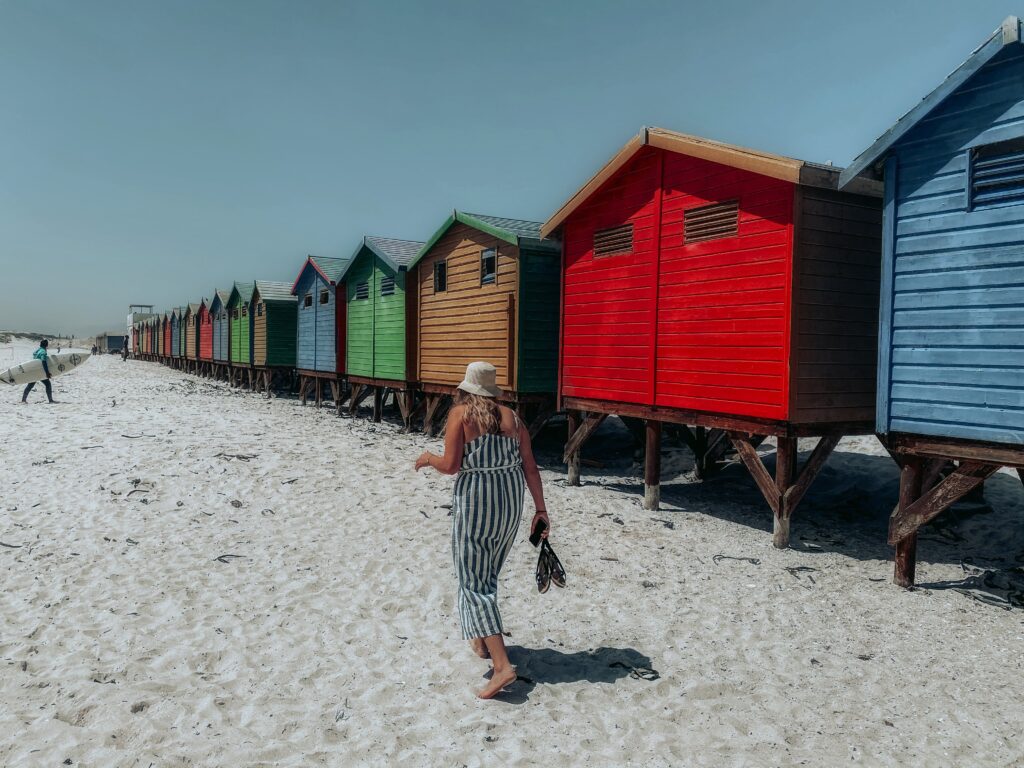
As you can see, a rainbow is a perfect metaphor for the diversity found within the country. South African culture draws on influences from each people group, but one of the lesser discussed colours of the rainbow is South African Indians.
I have been to South Africa three different times, having lived there for over 13 months combined. I read many books about Nelson Mandela and the fight against apartheid before travelling there, so I was confident that I had a strong understanding of South African history. This confidence was shaken when I decided to do my masters in South Africa because I quickly realized how limited my knowledge was. I had no idea that South Africa is home to the largest population of people of Indian descent on the entire African continent, or that Durban has one of the largest, if not the largest, populations of Indian people outside of India. So that begs the question, how did Indian South Africans help shape the rainbow nation?
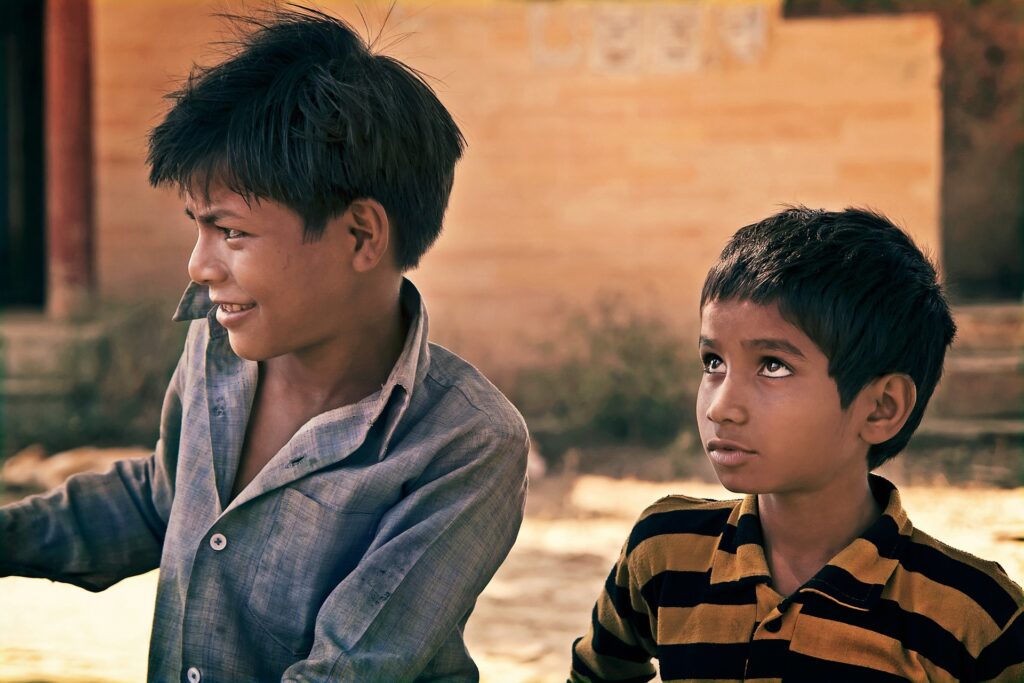
The first wave
Indian immigration to South Africa commenced on 16th November 1860, when a ship arrived carrying 342 indentured labourers. This arrival marked the beginning of a wave of immigration from India (primarily Madras and Calcutta) that lasted until 1911. These immigrants came to work on the railways, plantations, and mines of Colonial Natal as indentured labourers. Indenture ties a labourer to their employer for a contract in return for wages and the voyage, so it is essentially slavery by contract. The Indians who came to South Africa were indentured for five years and offered a return passage or small plot of land in their contract. Nearly 60% of the labourers remained in South Africa, and the remaining immigrants returned to India when they were free from their contract.
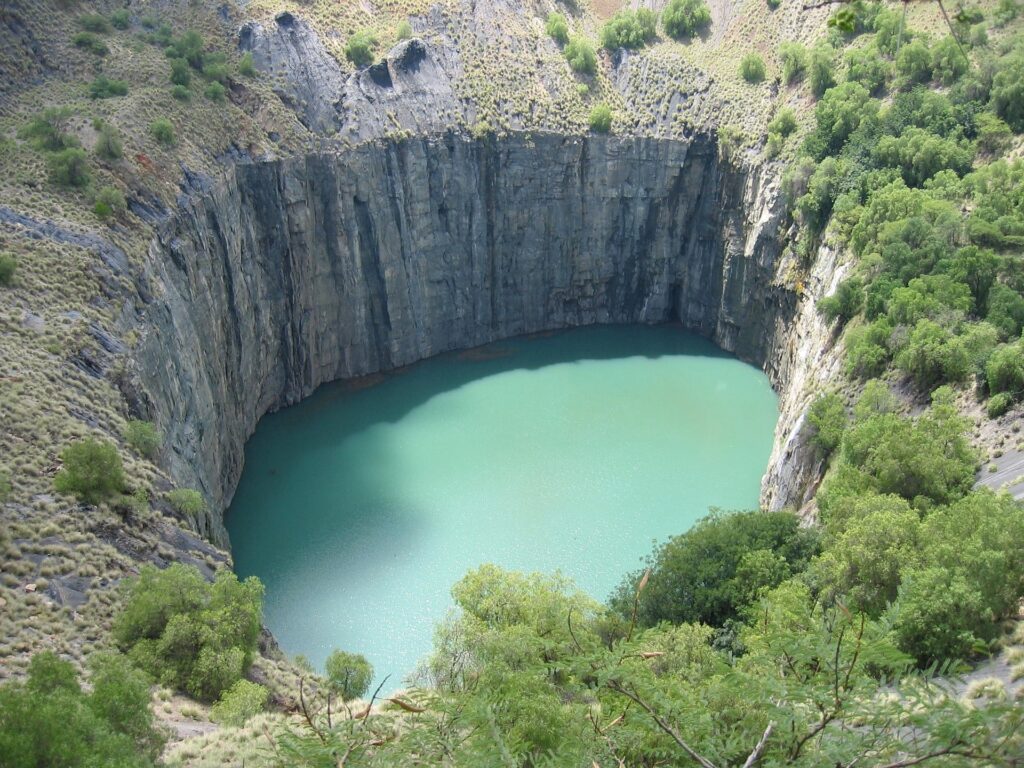
The second wave
During the same period, the second wave of Indians started arriving in 1869 from Gujarat. These immigrants were known as passenger Indians, and they included merchants, artisans, businessmen, and entrepreneurs who sought to bolster trade in the area. After 1880, many arriving passenger Indians headed to the diamond fields and gold mines in the Cape Colony and the Transvaal.
Racism and apartheid
The government witnessed the mobility and growth of Indians, especially after indentured labourers integrated into society when their contracts ended. They quickly deemed Indians a threat to the White population and passed countless laws within 100 years that restricted movement, practising religion, access to education, trading rights, and marital choices. South African Indians could not vote, run a business without proper registration, or own land. The government eventually forced them to move to Indian-only townships up to 20-30 kilometres away from their homes and communities.
Mohandas ‘Mahatma’ Gandhi played an instrumental role in forming the Indian resistance movement in South Africa. He spent decades in the country as a young lawyer and helped establish the Natal Indian Congress and the Transvaal British Indian Association. It was here that Gandhi developed Satyagraha, his infamous form of non-violent protest.
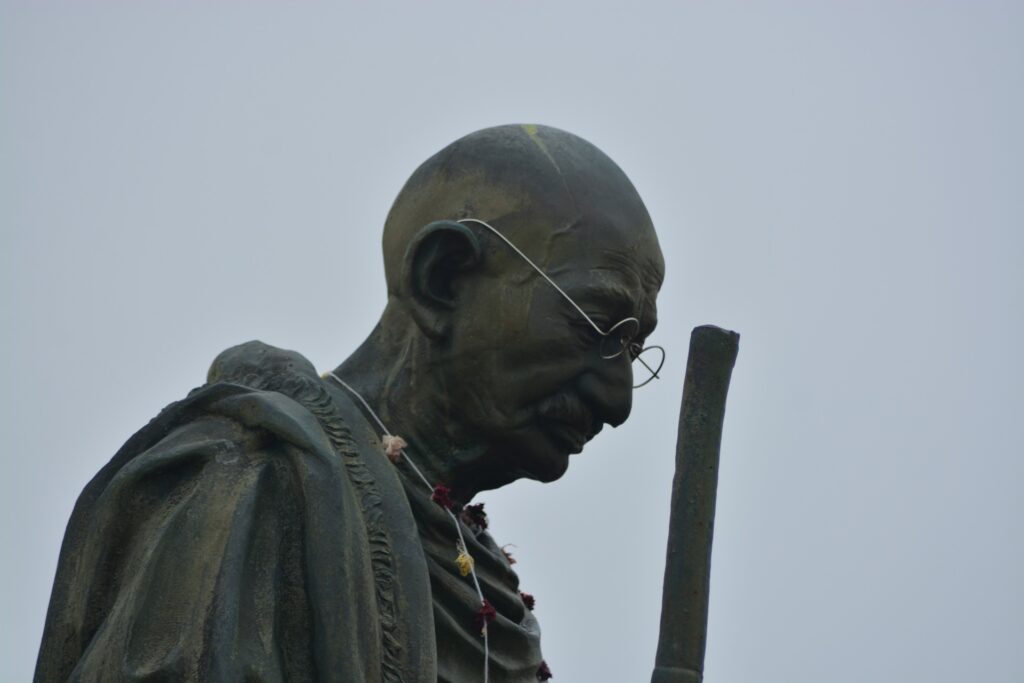
Despite racial discrimination against both Black Africans and Indians, the two groups struggled to join forces and fight together against the oppressor. South African Indians had more privileges than Black Africans and this fuelled tension between the two groups. Nelson Mandela discussed these privileges in his autobiography, Long Walk to Freedom. He spent almost two decades in prison on Robben Island with many other freedom fighters, including an Indian South African named Ahmed ‘Kathy’ Kathrada. Indians received better meals than the Black prisoners, and they also got full-length pants to wear in the winter while the Black prisoners only got shorts.
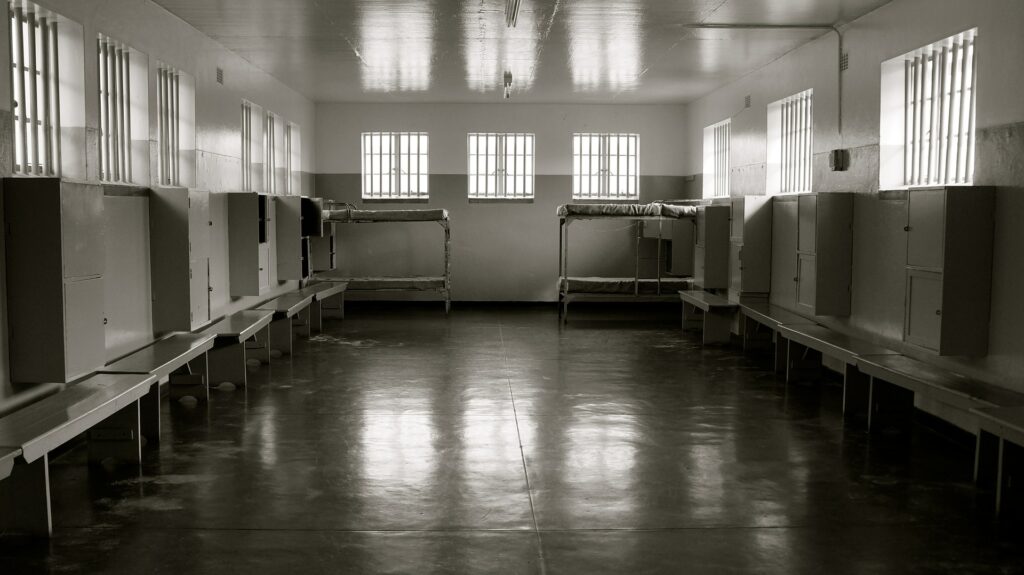
The African National Congress (ANC), Transvaal Indian Congress, and the Natal Indian Congress signed the Three Doctor’s Pact in 1947 that paved the way for joint political action and united all non-Europeans against their oppressor. Many Indian South Africans played pivotal roles in the fight against apartheid, including Prema Naidoo, Fatima and Ismail Meer, Dr Yusuf Dadoo, Dr Monty Naicker, Dr Essop Jassat, and Dr Abdul and May Moola.
Modern-day South African Indians
After the demise of apartheid and the transition to democracy in 1994, Indian South Africans are finally finding freedom. About 2.5% of the South African population identifies as Indian/Asian, with a majority residing in Durban. South African Indians are well-represented throughout the country in government, higher education, and business ownership. These are now second or third-generation Indians, many of which have not visited India. Some South African Indians reportedly still feel tension with Black Africans because they are not considered White or Black. Others report divisions amongst South African Indians based on colour or class (indentured labourers vs. passenger Indians). Despite these problems, the community is alive and thriving.
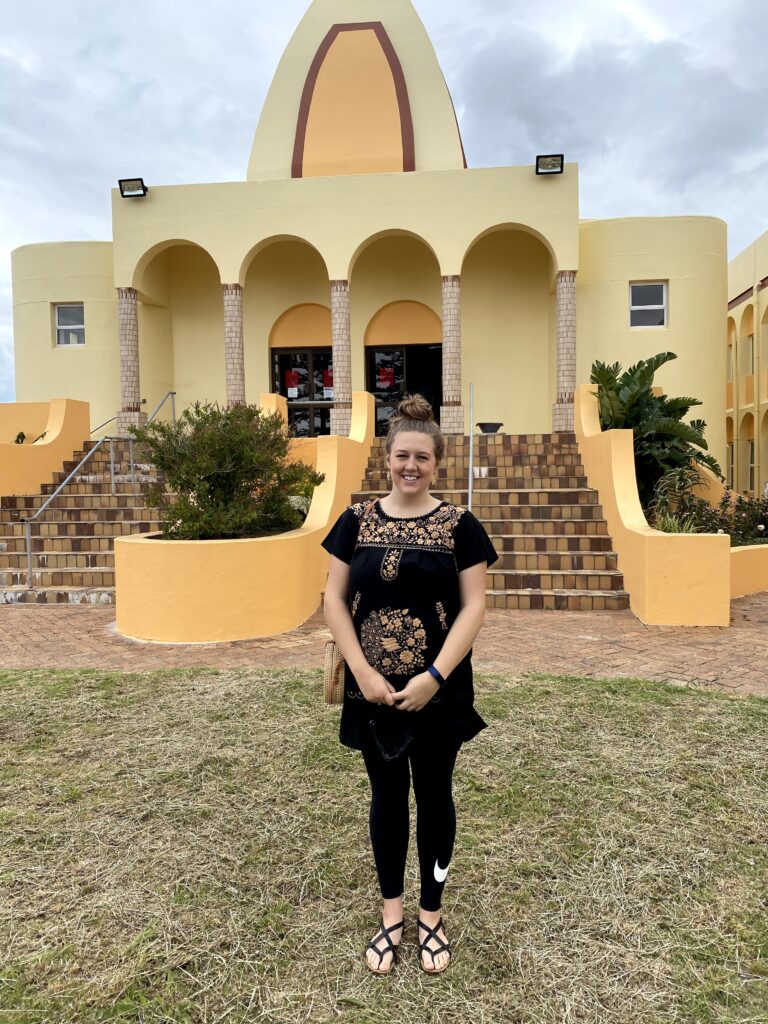
South Africans of Indian descent have significantly impacted South African culture. The iconic bunny chow hails from Durban, and rumour has it that it was created to keep indentured Indian labourers full all day without spending much money. Bunny chow is a unique food that involves a loaf of bread filled with various types of curry or beans. Major South African cities have many Indian restaurants with delicious, almost authentic food. If you’re in Cape Town, I definitely recommend 91 in Sea Point, Eastern Food Bazaar in CBD, and Baps Shayona in Rylands. The country also has the second-highest population of Hindus in Africa, and over 1% of the South African population is Hindu (but, not all South African Indians are Hindu).
People usually overlook South African Indians when examining the country’s history, but we must remember the painful history and honour their contributions to the rainbow nation. If you want to learn more, I highly recommend a trip to Durban. It is the hub of South African Indians and home to the 1860 Heritage Centre. I could not make it to Durban, but I tried to learn about this forgotten aspect of the rainbow in other ways. I went to various Hindu temples in Cape Town, researched online, visited Indian neighbourhoods, chatted with South African Indians, ate plenty of Indian food, and participated in Diwali festivities.
Now it is your turn – go and explore one of the beautiful pieces that add vibrant colour to the rainbow nation!
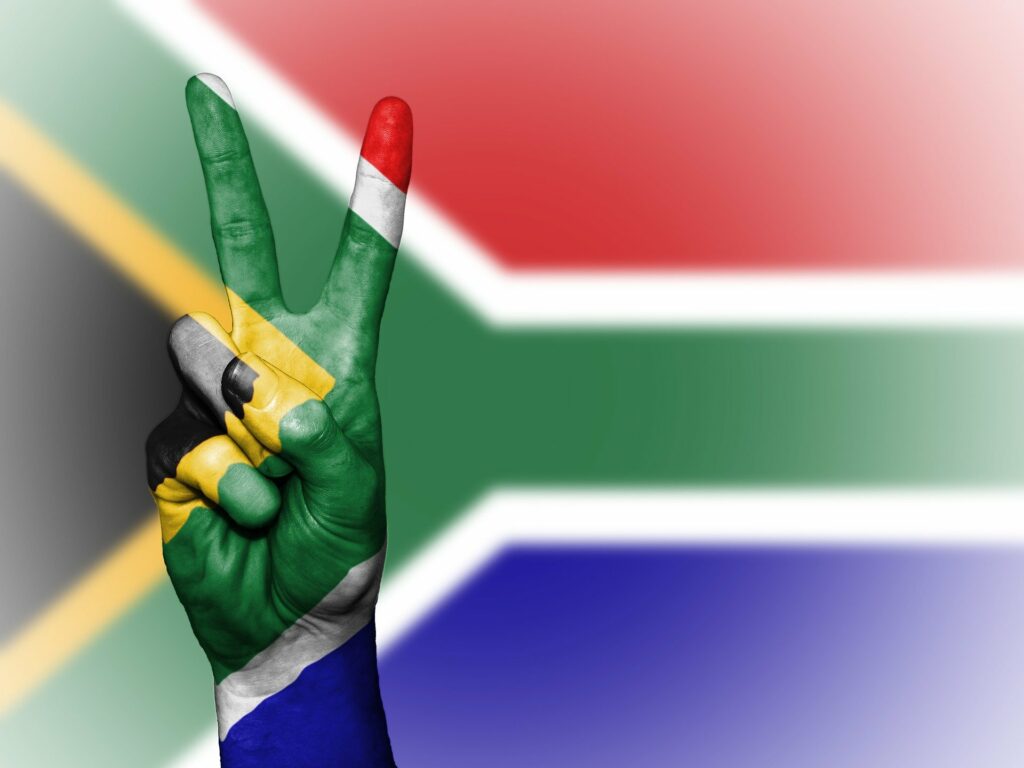
Book Your Stay Now in South Africa
Search, compare and book hotels & rentals at the best prices that are sourced from a variety of platforms including Booking.com, Hotels.com, Expedia, Vrbo, and more. You can move the map to search for accommodations in other areas and also use the filter to find restaurants, purchase tickets for tours and attractions, and locate interesting points of interest!

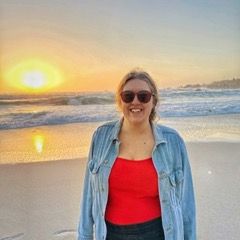
Rachel Flynn is a freelance writer from the United States who has spent the past 5 years exploring 20+ countries and 6 continents. She is passionate about exploring lesser-known places and trying new foods (the best part of travelling tbh). You can find her reading a book by the beach in Crete, drinking sangria in Malaga, strolling through the Christmas market in Krakow, or searching for the best cafes in Cape Town.
God read. Learned many new things!